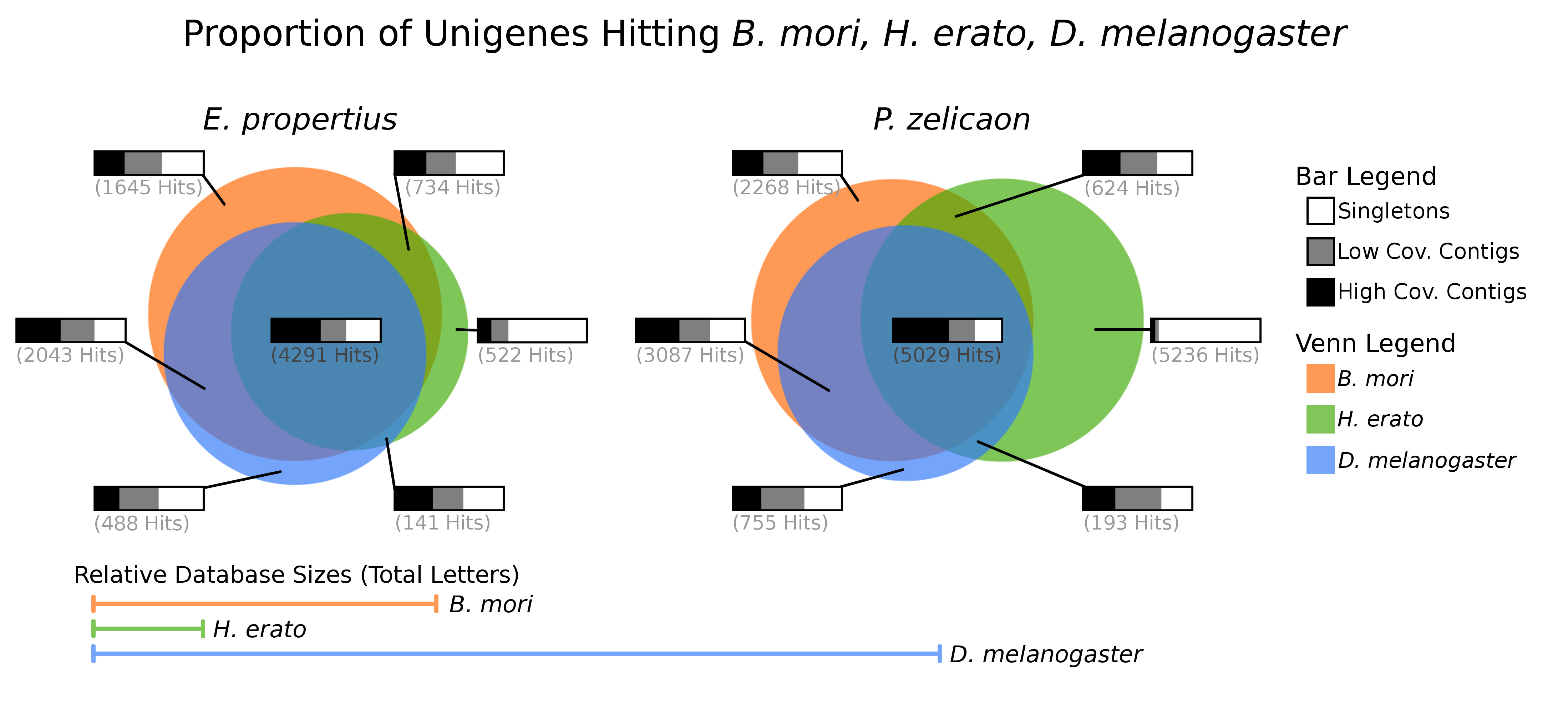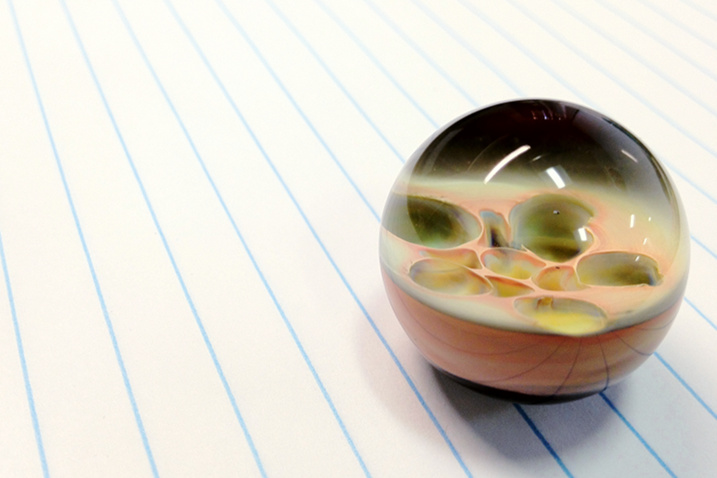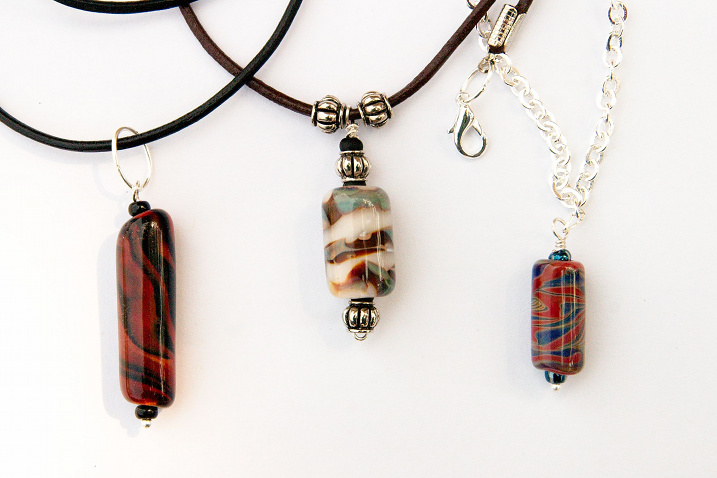I don’t know what made me think it would be a good idea to lug my heavy camera up to the top of South Sister to see the sunrise, but the photos at least turned out ok. Many thanks to Nathan Brown for organizing the trip.
| Home | Bio | Tags |

I don’t know what made me think it would be a good idea to lug my heavy camera up to the top of South Sister to see the sunrise, but the photos at least turned out ok. Many thanks to Nathan Brown for organizing the trip.

Climate change is likely to have profound impacts on ecological systems, but in some important cases we’re still a long way from understanding exactly what those impacts might be. For instance, it has been posited that under warming, species in the northern hemisphere will be enhanced at their northern range edge (where presumably species are fitness-limited, and hence range-limited, by the cooler temperatures). Rather, recent research indicates that individual populations of some species may be locally adapted to their climatic environment, such that even these peripheral populations may decline with warming as they have developed an equilibrium with their environment.

So, I was on TV once. My wife had contacted the Steve Harvey show suggesting I could use a wardrobe makeover. It was quite a surprise to me–we flew to Chicago for filming just a few days after I learned anything about it! It was a ton of fun, and the Steve Harvey crew and show was a great experience. (And I got some nice clothes out of it.)

A timelapse video of me making a marble at the Oregon State University Craft Center. Fun fact: the title logo in the video is the result of a custom processing.org program.

Distributing large data files to all the nodes on a computing network is an important problem in large-scale scientific computing. We developed a more accurate mathematical model for this problem, and although we’ve shown minimum-time distribution to be NP-Hard (construction above), we’ve also developed a logarithmic approximation solution. This paper was initially presented at COCOON 2011, and later invited for submission to the Journal of Combinatorial Optimization. Thanks Michael Kowalczyk, NMU alum and current Prof, for the pic of me presenting!

Back in my day, the word “theory” meant something. So, in all my attempts to learn music theory, I was stymied by suggestions of memorizing seemingly unrelated collections of patterns, facts, and rediculous nomenclature. With dedication, books, wiki pages, and a good instructor (Ed Dee of Corvallis), though, I was able to make some progress. To help, I wrote a little program for exploring scales, notes, chords, and temperament.

TimelapseThing is a Python script that includes a number of tools for working with timelapse image series (in JPG format). It can be used to deflicker images (if some images in the series are mildy under- or over-exposed), merge a series of JPGs into a video, batch crop and resize, expand a series into a longer series, and lighten/darken/median merge using a sliding window approach (see below) for artistic effect and artifact removal (such as someone walking across your timelapse and getting caught in a frame). The heavy lifting is done using ImageMagick’s convert tool, and ffmpeg for video creation, so these tools are required.

Work in borosilicate glass, mostly done between 2011 and 2013 at the University of Notre Dame Glass Club.